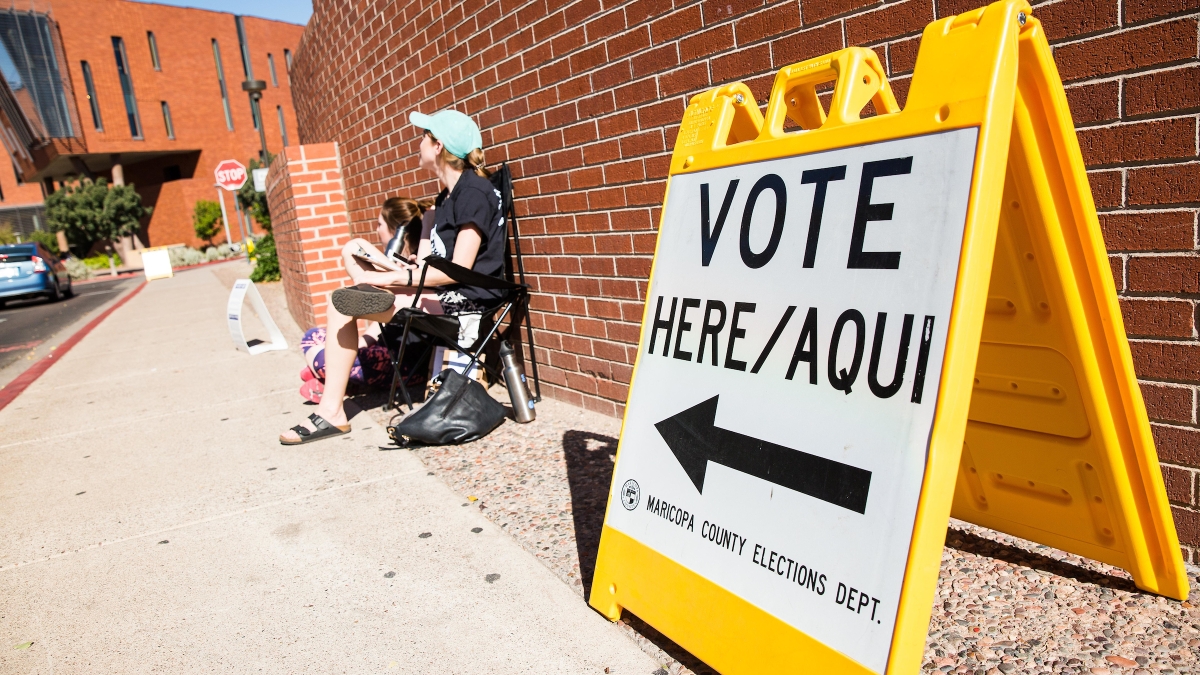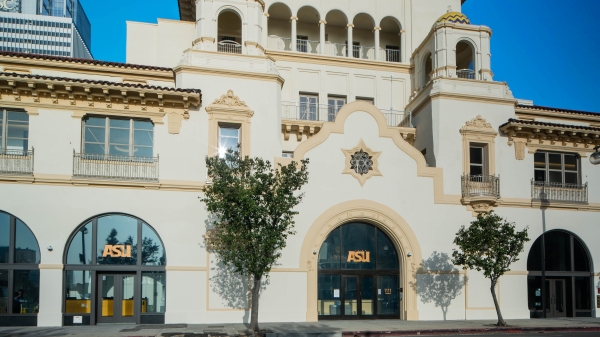ASU's Morrison Institute a nonpartisan source for facts on propositions
Ballot measures address critical issues, but the wording can be confusing to voters

In addition to a full slate of candidates, Arizona voters will also consider five propositions on the ballot in the November 2018 general election.
The Morrison Institute for Public Policy at Arizona State University has examined each measure to offer voters an independent and nonpartisan assessment. David Berman, senior research fellow at the institute, examined documents and views expressed by subject-matter specialists and those who support and oppose particular measures.
The result is "Understanding Arizona's Propositions," which provides information on each ballot proposal, how each came about, what it would do if passed and its likely impact.
Four propositions call for amendments to the Arizona Constitution. The five propositions are:
• Proposition 125 addresses funding of the pension plans for corrections officers and elected officials.
• Proposition 126 seeks to avoid additional or increased taxes on some services.
• Proposition 127 would amend the state consititution to require Arizona utilities to provide at least 50 percent of their electricity from renewable sources by 2030.
• Proposition 305 seeks to expand the school-voucher program.
• Proposition 306 would curtail the authority and independence of the Arizona Citizens Clean Elections Commission, a nonpartisan entity created by voters to provide education, campaign funding and enforcement of campaign finance rules.
Berman answered some questions from ASU Now about propositions:
Question: What is a proposition, and why are they important?
Answer: We are talking about measures that are put on the ballot by lawmakers or citizen action through a petition drive. In Arizona, they have often involved major matters of public policy, such as women's suffrage, clean elections and term limits. Overall, propositions provide a democratic safety valve through which the voters can bypass legislative inaction, challenge governmental policies and require their consent before lawmakers can take various actions.
Under the Arizona Constitution, people can use the initiative to adopt laws and to amend the constitution. In Arizona, a compulsory referendum is used when, by law, certain propositions, such as a constitutional amendment or a bond issue, must be submitted to a popular vote. One also finds a veto, also known as a citizens' or protest referendum, through which a specific number of voters, through a petition, may force a measure passed by the Legislature to be submitted to a popular vote.
The initiative and referendum are also found on the local level, in regard to the basic documents called charters and local laws known as ordinances. Here one also finds bond elections and elections in which voters are asked to increase local budgets. In an override election, for example, voters are asked by a school district to allow an increase to their district’s budget to pay for such items as teachers' salaries and equipment.
Q: Sometimes it seems like propositions are very confusing. Why is that?
A: Voting on propositions can be challenging. They are often written in confusing legal terms, and voters often hear conflicting accounts of what they will do.
The complexity of the measures and the distortions caused by the media campaigns for and against certain propositions complicate the task of the voters seeking information. Voters are often faced with many technical questions about which they have been given little information. Unless well-known personalities or major issues are involved, elections of this nature do not draw much public attention or participation. Not surprisingly, 25 percent or more of the voters who make a choice among gubernatorial candidates fail to express their views on one or more of the propositions on the same ballot.
Q: What can we do about the information problem?
A: What we have tried to do at the Morrison is distill down a large amount of information to enable the voters to understand the background of the issues involved, the essential elements in the propositions, and arguments made both for and against their adoption. The idea is to help them make a more informed choice.
Learn more about the Nov. 6 ballot's propositions in the "Understanding Arizona's Propositions" report. Top image by Deanna Dent/ASU Now
More Law, journalism and politics

School of Politics and Global Studies director's new book explores mass violence
Why do people commit atrocities and why are certain groups, including religious and ethnic, more vulnerable to large-scale violence? These questions are explored in a new book by Güneş Murat Tezcür…

ASU faculty contributing to improvement of Wikipedia
Many academics have a love-hate relationship with Wikipedia. While the website has information about almost anything you can imagine, the credibility of that information is sometimes suspect. Tracy…

ASU Law students gain vital experience through Los Angeles location
Students at the Sandra Day O’Connor College of Law at Arizona State University may be concentrated in the school’s downtown Phoenix headquarters, but they have more choices than ever when it comes to…